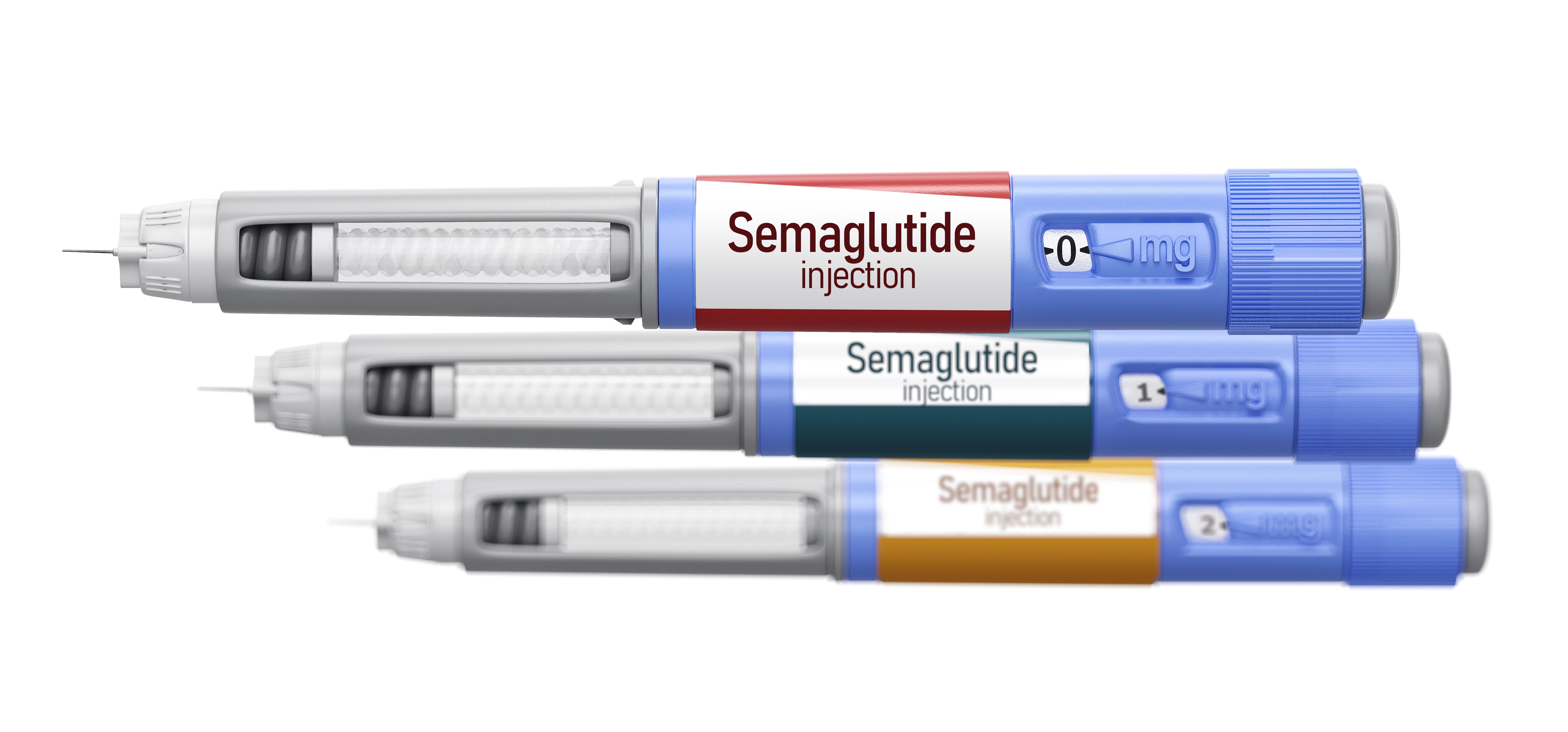- Center on Health Equity & Access
- Clinical
- Health Care Cost
- Health Care Delivery
- Insurance
- Policy
- Technology
- Value-Based Care
Semaglutide Improves Hidradenitis Suppurativa in Patients With Obesity
Semaglutide treatment significantly improved quality of life and reduced flare-ups in patients with obesity and hidradenitis suppurativa.
Semaglutide treatment significantly improved quality of life and reduced flare-ups in patients with obesity and hidradenitis suppurativa. | Image Credit: Corona Borealis - stock.adobe.com

Patients living with obesity that have hidradenitis suppurativa (HS) experienced improved results in quality of life (QOL) and a reduction in HS flare-ups when treated with semaglutide, according to a study published in the British Association of Dermatologists.1
The semaglutide injection is a glucagon-like peptide (GLP)-1RA that increases the insulin secretion in the body, reduces glucagon secretion, suppresses appetite, and results in weight loss. The medication helps the pancreas release the right amount of insulin when blood sugar levels have risen.2 Semaglutide has the ability to reduce the pace of food movement through the stomach, ultimately decreasing appetite.
Typically, semaglutide is prescribed to patients with type 2 diabetes because these patients are unable to control their blood sugar. Type 2 diabetes is oftentimes caused by obesity and can insight further health issues. Therefore, semaglutide can also reduce the risk of stroke, heart attack, and death among adults with type 2 diabetes or other heart or blood vessel diseases.
HS, also known as acne inversa, has a well-established association with obesity and insulin resistance.1 The condition is often defined as small, painful lumps that form under the skin, usually in areas where the skin rubs together.3 In severe cases, the lumps lead to tunnels under the skin and scarring in many patients following puberty and before the age of 40. Over time, HS could grow worse and affect the QOL of patients, but medical and surgical therapies can assist with disease management to prevent additional complications.
Researchers conducted a mixed-effects analysis to examine the significance prior to and after commencement of semaglutide (significance defined as P < .05). A total of 30 patients were analyzed in the study between June 2020 and March 2023. Almost the entire population comprised women (n = 27) with a mean age of 42.
Patients were categorized by their current Hurley stage, a system that characterizes the severity level in HS. The lowest proportion of patients was classified as Hurley stage I (n = 4) when the condition presents as an inflammatory nodule or an abscess without sinus tracts and scarring.1,4 Most patients were classified into Hurley stage II (n = 15), the formation of recurring abscesses and nodules with sinus tracts, scarring, or multiple widely separated lesions. Hurley stage III (n = 11) was defined as diffuse or near-diffuse involvement with multiple interconnected sinus tracts, scarring, and abscesses across the entire region.
Every patient was prescribed a concomitant HS treatment, while 10 received treatment combinations.1 There were 8 patients with a depression diagnosis, 2 diagnosed with diabetes, 2 with inflammatory bowel disease, and 2 patients with polycystic ovarian syndrome. On average, semaglutide treatment was 8.2 months with a mean dose of 0.8 mg once weekly.
Results found that patients treated with semaglutide had an average body mass index (BMI) decrease from 43.1 to 41.5 (95% CI, –2.041 to 10.4; P = .4818). The mean weight of patients dropped from 259.48 lb to 246.04 lb (95% CI, 2.880-9.293; P < .0001).
After initiating semaglutide, the mean frequency of patient-reported flares went from once every 8.5 weeks to once every 12 weeks, with an average Dermatology Life Quality Index (DLQI) decrease from 13 of the 30 patients to 9 out of 30 (95% CI, 1.696-10.68; P = .0014). A 4-point reduction or more in DLQI that equals or surpasses the minimal clinically important difference for the index was identified (33.33%).
The hemoglobin A1C test demonstrated improvements in the serological values from 39.3 to 36.6 (95% CI, 0.2234-9.696; P = .0335). Additionally, the mean C-reactive protein decreased from 7.8 to 6.9 (95% CI –2.142 to 5.110; P = .9503).
These data are the first to examine the application of semaglutide in patients with HS, suggesting semaglutide combined with standard HS therapies can improve patient QOL and lead to fewer HS flares. It should be noted that the mean dose of semaglutide used was 0.8 mg weekly compared with the licensed dose of 2.4 mg weekly for weight loss due to the lack of availability.
References
1. Lyons D, Nathan A, Pender E, et al. Semaglutide for weight loss in obese patients as an adjunctive treatment for hidradenitis suppurativa: its impact on disease control and quality of life. Br J Dermatol. 2024;191(4):631-633. doi:10.1093/bjd/ljae216
2. Semaglutide injection. MedlinePlus Drug Information. April 20, 2024. Accessed September 24, 2024. https://medlineplus.gov/druginfo/meds/a618008.html#:~:text=Semaglutide%20injection%20is%20in%20a
3. Hidradenitis suppurativa - symptoms and causes. Mayo Clinic. June 21, 2024. Accessed September 24, 2024. https://www.mayoclinic.org/diseases-conditions/hidradenitis-suppurativa/symptoms-causes/syc-20352306#:~:text=Hidradenitis%20suppurativa%20(hi%2Ddrad%2D
4. Learn about hidradenitis suppurativa. Hidradenitis Suppurativa Clinical Resource. Accessed September 24, 2024. https://www.hsdiseasesource.com/hs-disease-staging
